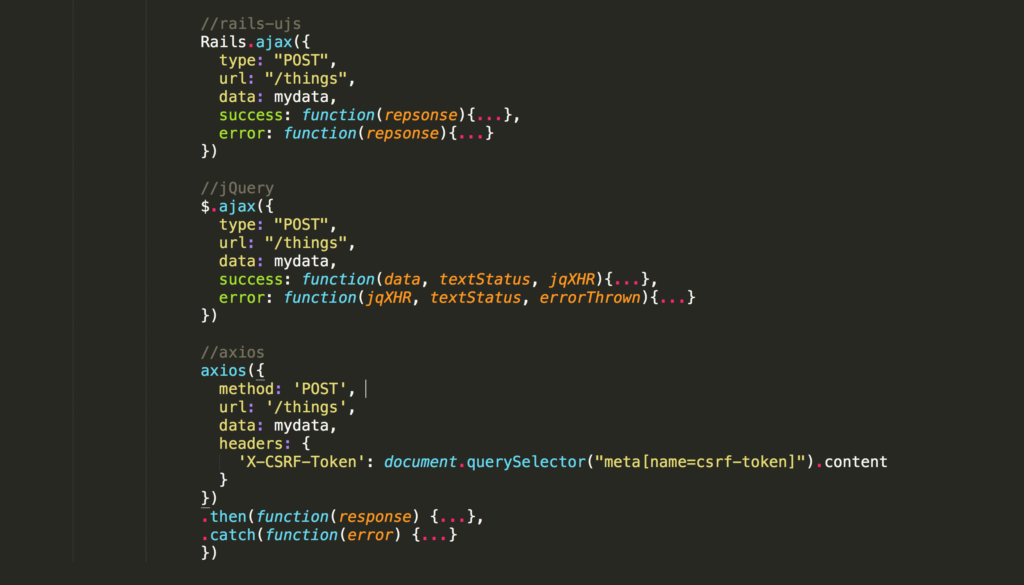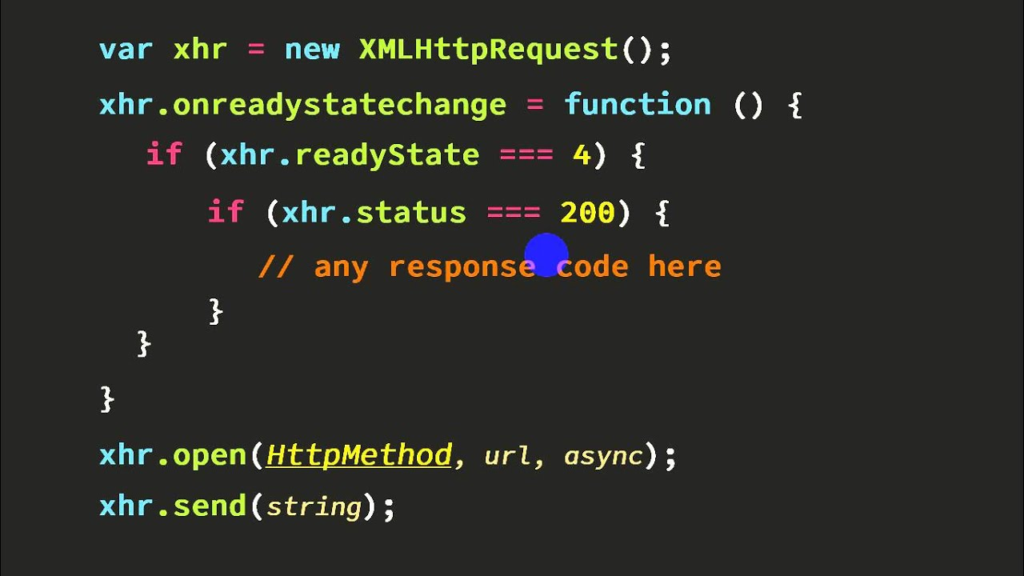PHP is one of the most popular server-side scripting languages, known for its flexibility and simplicity in creating dynamic websites. In this step-by-step guide, you’ll learn how to build a dynamic website using PHP, even if you’re new to web development.
Step 1: Set Up Your Development Environment
To start building a website with PHP, you need the right tools:

- Install a Local Server Environment
- Choose a Code Editor
- Use editors like VS Code, Sublime Text, or PHPStorm to write your code.
- Start Your Local Server
- Launch your server software and ensure Apache and MySQL services are running.
Step 2: Plan Your Website Structure
Before you start coding, outline the structure of your website. For example:
- Homepage: Introduction and overview.
- About Page: Information about your site or business.
- Contact Page: Form to collect user inquiries.
- Database: Stores user information, such as contact form submissions.

Step 3: Create the Basic Files
Set up a project folder in your server’s root directory (e.g., htdocs for XAMPP). Inside the folder:
- Create an
index.phpfile for the homepage. - Add additional
.phpfiles for other pages, such asabout.phpandcontact.php. - Create a
cssfolder for your styles and ajsfolder for JavaScript if needed.
Step 4: Connect PHP to a Database
Most dynamic websites use a database. Here’s how to connect PHP to MySQL:
- Create a Database
- Access phpMyAdmin through your local server.
- Create a new database (e.g.,
my_website).
- Set Up a Database Connection In a new file,
db.php, write the following code:<?php $servername = "localhost"; $username = "root"; $password = ""; $dbname = "my_website"; // Create connection $conn = new mysqli($servername, $username, $password, $dbname); // Check connection if ($conn->connect_error) { die("Connection failed: " . $conn->connect_error); } ?>
Step 5: Design Your Website Layout

- Use HTML and CSS
- Create the structure of your website using HTML.
- Style your pages with CSS for a professional look.
- Add PHP for Dynamic Content
- Replace static HTML with PHP to display dynamic content. For example:
<?php echo "<h1>Welcome to My Dynamic Website</h1>"; ?>
Step 6: Create Dynamic Pages
- Fetch Data from the Database
- Use PHP to retrieve and display data. Example for showing user data:
<?php $sql = "SELECT * FROM users"; $result = $conn->query($sql); if ($result->num_rows > 0) { while($row = $result->fetch_assoc()) { echo "<p>User: " . $row["name"] . "</p>"; } } else { echo "No results found."; } ?> - Build a Contact Form
- Add a form to your
contact.phpfile:
<form method="POST" action="submit_contact.php"> <input type="text" name="name" placeholder="Your Name" required> <input type="email" name="email" placeholder="Your Email" required> <textarea name="message" placeholder="Your Message" required></textarea> <button type="submit">Submit</button> </form>- Process the form in
submit_contact.php:
<?php if ($_SERVER["REQUEST_METHOD"] == "POST") { $name = $_POST['name']; $email = $_POST['email']; $message = $_POST['message']; $sql = "INSERT INTO contacts (name, email, message) VALUES ('$name', '$email', '$message')"; if ($conn->query($sql) === TRUE) { echo "Message sent successfully!"; } else { echo "Error: " . $conn->error; } } ?> - Add a form to your
Step 7: Test and Deploy

- Test Your Website
- Access your website via
http://localhost/your_project_folder. - Check all functionalities, including forms and dynamic data.
- Access your website via
- Deploy Online
- Purchase a domain and hosting plan that supports PHP and MySQL.
- Upload your files using tools like cPanel or FileZilla.
- Update database credentials for the live server.
Conclusion
Building a dynamic website with PHP doesn’t have to be overwhelming. By following this step-by-step guide, you can create functional, database-driven websites that cater to your needs. PHP’s versatility and wide community support make it a great choice for both beginners and experienced developers. Start building today and bring your web ideas to life!

